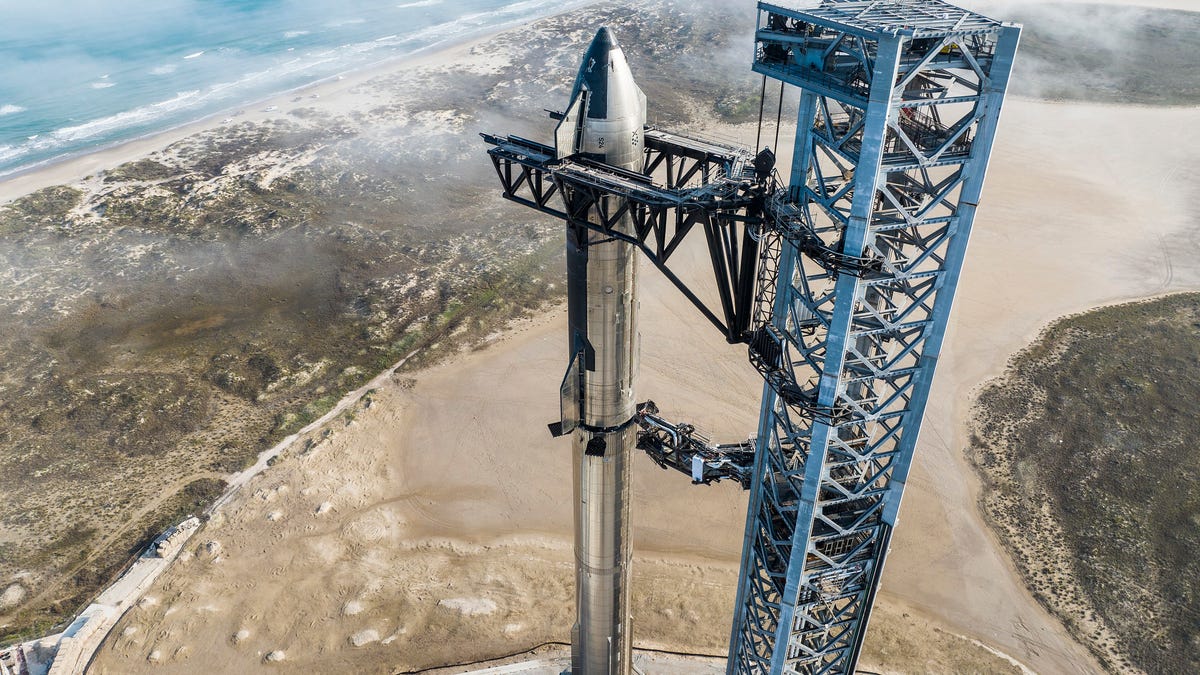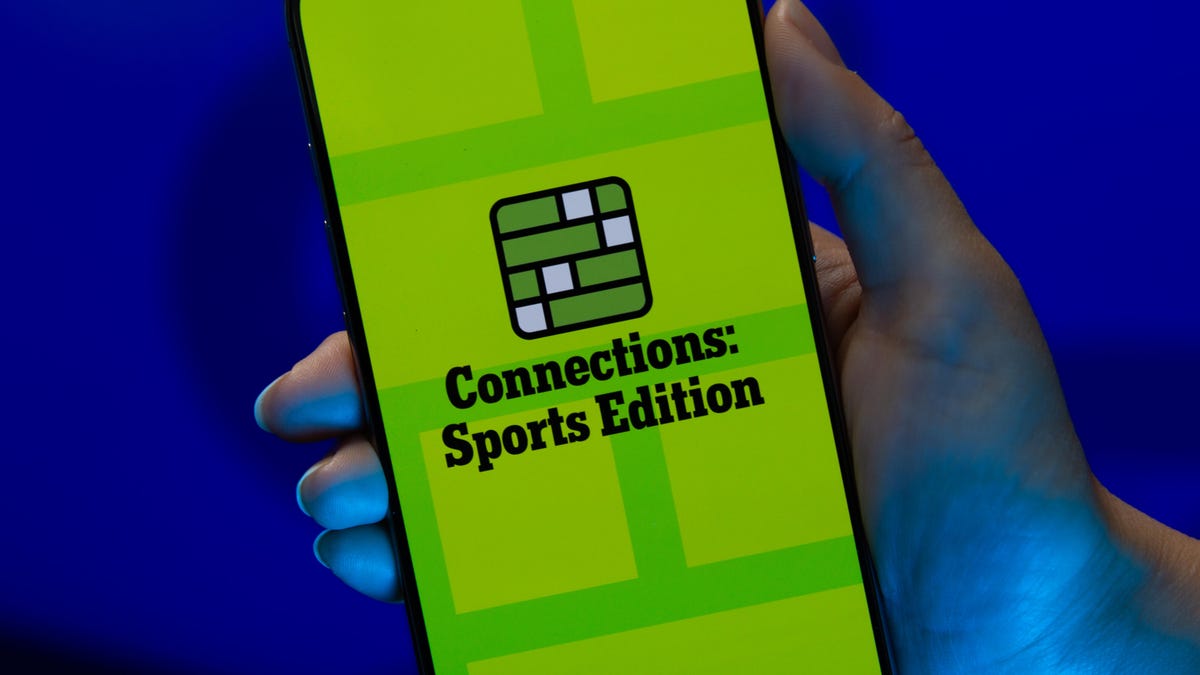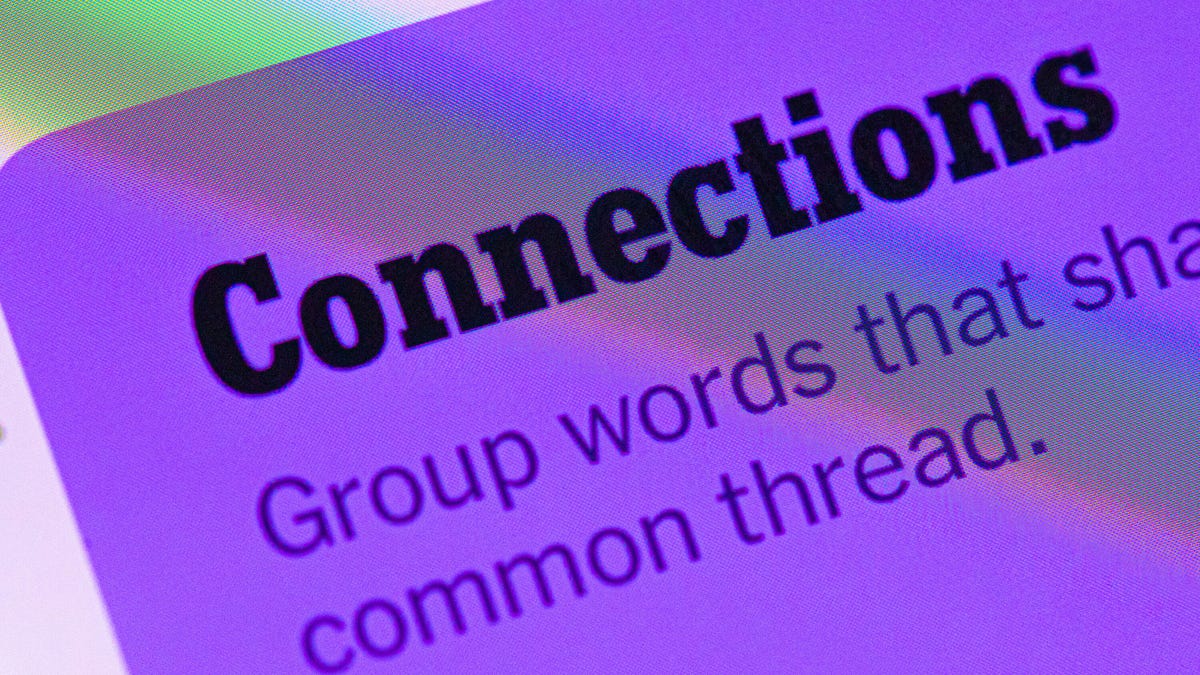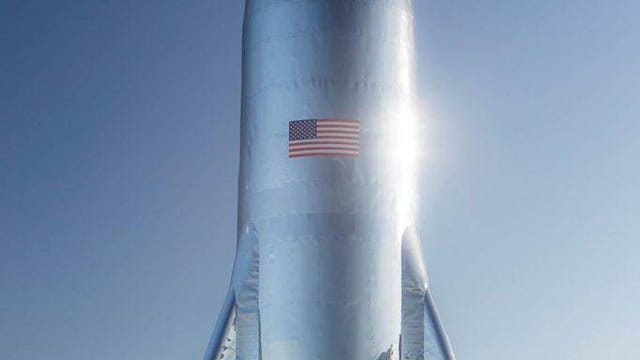Technologies
Giant SpaceX Starship Could Fly Again in October
An investigation into April’s explosive test flight has closed, opening the door for another attempt.

The head of the Federal Aviation Administration is optimistic that SpaceX’s Starship could blast off from Texas again as soon as next month.
«We’re working well with them and have been in good discussions,» interim FAA Administrator Polly Trottenberg told reporters Wednesday, according to Reuters.
The FAA said Friday it had closed its investigation into the «mishap» ending of Starship’s first orbital flight attempt on April 20. That test ended with the vehicle being intentionally destroyed after the first stage Super Heavy booster failed to separate from the main Starship itself.
The agency that oversees commercial spaceflight in the US sent a letter to SpaceX outlining a list of 63 corrective actions to be taken before a launch license will be issued for the next Starship orbital flight attempt.
SpaceX founder Elon Musk says most of those changes are done and he’s ready to blast off.
To be clear, the list of changes was developed in cooperation with SpaceX engineers and approved by the FAA. The way the process actually works is that SpaceX determines what it thinks caused the mishap and submits a report, including corrective actions, to the FAA. That report was submitted Aug. 21. As part of its side of the investigation, the FAA reviewed that report and sent over a final list of required changes to SpaceX last week.
«Corrective actions include redesigns of vehicle hardware to prevent leaks and fires, redesign of the launch pad to increase its robustness, incorporation of additional reviews in the design process, additional analysis and testing of safety critical systems,» the FAA said in a statement.
The agency emphasized that «the closure of the mishap investigation does not signal an immediate resumption of Starship launches.»
Just days before the FAA announcement, SpaceX and Musk said on X (formerly Twitter) that a new Starship prototype, dubbed Ship 25, had been stacked atop a new Super Heavy booster and that the mated pair was ready to launch.
SpaceX later released a statement of its own on Friday that pinpointed the failure of the April 20 test flight.
«During ascent, the vehicle sustained fires from leaking propellant in the aft end of the Super Heavy booster, which eventually severed connection with the vehicle’s primary flight computer,» the statement reads. «This led to a loss of communications to the majority of booster engines and, ultimately, control of the vehicle.»
So when will Starship fly?
The company says it has since made numerous fixes, upgrades and other mitigations to Starship, its testing regime and its launch infrastructure. The launch pad at the SpaceX Starbase facility in south Texas was partially destroyed during the April blastoff.
Musk said Sunday on X that the SpaceX team has completed 57 of the improvements required by the FAA and that the remaining six items refer to future actions for later flights.
However, the FAA’s letter sent to SpaceX on Sept. 7, which was shared with myself and other reporters,implies that the company has not yet submitted its application for a launch license for Starship’s next attempt at reaching space.
So it appears Starship is getting closer to launching again, but there’s still some paperwork to be done. Given Trottenberg’s statement that the company and regulator are working together, it could be that the teams are working to validate the required upgrades or ensuring that everything is in order for the application for another launch license.
Stay tuned.
Technologies
Today’s NYT Mini Crossword Answers for Monday, Nov. 3
Here are the answers for The New York Times Mini Crossword for Nov. 3.

Looking for the most recent Mini Crossword answer? Click here for today’s Mini Crossword hints, as well as our daily answers and hints for The New York Times Wordle, Strands, Connections and Connections: Sports Edition puzzles.
Need some help with today’s Mini Crossword? It’s fairly straightforward, but if you need help, read on. And if you could use some hints and guidance for daily solving, check out our Mini Crossword tips.
If you’re looking for today’s Wordle, Connections, Connections: Sports Edition and Strands answers, you can visit CNET’s NYT puzzle hints page.
Read more: Tips and Tricks for Solving The New York Times Mini Crossword
Let’s get to those Mini Crossword clues and answers.
Mini across clues and answers
1A clue: On the ___ (using Tinder or Bumble)
Answer: APPS
5A clue: Color of the second-hardest Connections category
Answer: BLUE
6A clue: Prepare, as a Thanksgiving turkey
Answer: CARVE
8A clue: Have to have
Answer: NEED
9A clue: Camper’s construction
Answer: TENT
Mini down clues and answers
1D clue: Kimmel’s channel
Answer: ABC
2D clue: Audience member who’s in on the magic trick
Answer: PLANT
3D clue: Many a baby food
Answer: PUREE
4D clue: Typical number of objects that humans can hold in working memory, hence phone numbers
Answer: SEVEN
7D clue: Summer hrs. in N.Y.C.
Answer: EDT
Technologies
Today’s NYT Connections: Sports Edition Hints and Answers for Nov. 3, #406
Here are hints and the answers for the NYT Connections: Sports Edition puzzle for Nov. 3, No. 406.

Looking for the most recent regular Connections answers? Click here for today’s Connections hints, as well as our daily answers and hints for The New York Times Mini Crossword, Wordle and Strands puzzles.
Today’s Connections: Sports Edition is a fun one. The purple category, as always, is a real brain-bender. If you’re struggling but still want to solve it, read on for hints and the answers.
Connections: Sports Edition is published by The Athletic, the subscription-based sports journalism site owned by the Times. It doesn’t show up in the NYT Games app but appears in The Athletic’s own app. Or you can play it for free online.
Read more: NYT Connections: Sports Edition Puzzle Comes Out of Beta
Hints for today’s Connections: Sports Edition groups
Here are four hints for the groupings in today’s Connections: Sports Edition puzzle, ranked from the easiest yellow group to the tough (and sometimes bizarre) purple group.
Yellow group hint: Catch up!
Green group hint: Beehive State.
Blue group hint: Hoops statistics.
Purple group hint: Signal-callers, but tweak their last name.
Answers for today’s Connections: Sports Edition groups
Yellow group: Fall behind.
Green group: Utah teams.
Blue group: Categories of points in a basketball box score.
Purple group: NFL QBs, with the first letter changed.
Read more: Wordle Cheat Sheet: Here Are the Most Popular Letters Used in English Words
What are today’s Connections: Sports Edition answers?
The yellow words in today’s Connections
The theme is fall behind. The four answers are drop back, falter, lag and trail.
The green words in today’s Connections
The theme is Utah teams. The four answers are Cougars, Jazz, Mammoth and Utes.
The blue words in today’s Connections
The theme is categories of points in a basketball box score. The four answers are bench, fast-break, paint and second-chance.
The purple words in today’s Connections
The theme is NFL QBs, with the first letter changed. The four answers are cove (Jordan Love), Ellen (Josh Allen), mix (Bo Nix) and wields (Justin Fields).
Technologies
Today’s NYT Connections Hints, Answers and Help for Nov. 3, #876
Here are some hints and the answers for the NYT Connections puzzle No. 876 for Monday, Nov. 3.

Looking for the most recent Connections answers? Click here for today’s Connections hints, as well as our daily answers and hints for The New York Times Mini Crossword, Wordle, Connections: Sports Edition and Strands puzzles.
Today’s NYT Connections puzzle has some exceptionally long clues. All of them have at least two words. If you need help, you’re in the right place. Read on for clues and today’s Connections answers.
The Times now has a Connections Bot, like the one for Wordle. Go there after you play to receive a numeric score and to have the program analyze your answers. Players who are registered with the Times Games section can now nerd out by following their progress, including the number of puzzles completed, win rate, number of times they nabbed a perfect score and their win streak.
Read more: Hints, Tips and Strategies to Help You Win at NYT Connections Every Time
Hints for today’s Connections groups
Here are four hints for the groupings in today’s Connections puzzle, ranked from the easiest yellow group to the tough (and sometimes bizarre) purple group.
Yellow group hint: Primary color.
Green group hint: Your lungs also qualify.
Blue group hint: Parents’ nightmare toys.
Purple group hint: Look for a connection in the second word of each phrase.
Answers for today’s Connections groups
Yellow group: Things that are red.
Green group: Things filled with air.
Blue group: Things with a lot of pieces.
Purple group: Ending with animals.
Read more: Wordle Cheat Sheet: Here Are the Most Popular Letters Used in English Words
What are today’s Connections answers?
The yellow words in today’s Connections
The theme is things that are red. The four answers are clown nose, fire engine, maraschino cherry and stop sign.
The green words in today’s Connections
The theme is things filled with air. The four answers are balloon animal, bouncy castle, water wings and whoopee cushion.
The blue words in today’s Connections
The theme is things with a lot of pieces. The four answers are jigsaw puzzle, Lego set, Lite-Brite and pick-up sticks.
The purple words in today’s Connections
The theme is ending with animals. The four answers are dark horse, funky chicken, jumbo shrimp and sea monkey.
-

 Technologies3 года ago
Technologies3 года agoTech Companies Need to Be Held Accountable for Security, Experts Say
-

 Technologies3 года ago
Technologies3 года agoBest Handheld Game Console in 2023
-

 Technologies3 года ago
Technologies3 года agoTighten Up Your VR Game With the Best Head Straps for Quest 2
-

 Technologies4 года ago
Technologies4 года agoVerum, Wickr and Threema: next generation secured messengers
-

 Technologies4 года ago
Technologies4 года agoBlack Friday 2021: The best deals on TVs, headphones, kitchenware, and more
-

 Technologies4 года ago
Technologies4 года agoGoogle to require vaccinations as Silicon Valley rethinks return-to-office policies
-

 Technologies4 года ago
Technologies4 года agoOlivia Harlan Dekker for Verum Messenger
-

 Technologies4 года ago
Technologies4 года agoiPhone 13 event: How to watch Apple’s big announcement tomorrow



